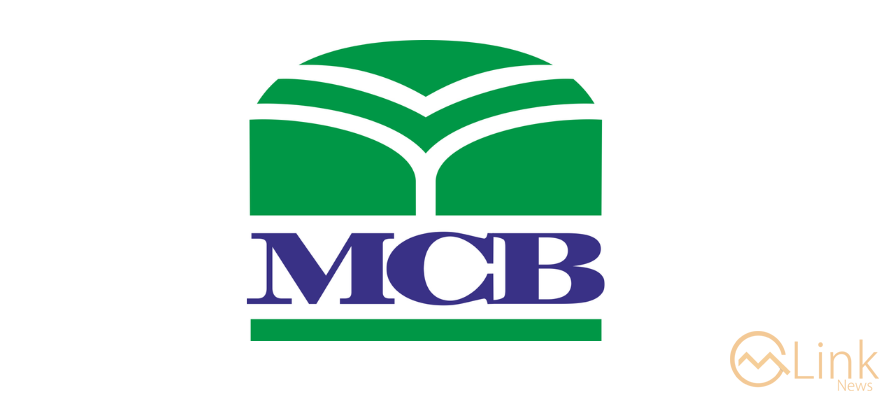April 20, 2022 (MLN): The International Monetary Fund (IMF) has forecasted Pakistan’s economic growth rate at 4.2% in the fiscal year 2023, while it projected the growth rate of the current fiscal year at 4%, IMF said in its report “World Economic Outlook” issued on Tuesday.
It is prudent to mention that the IMF’s growth forecast for FY22 is similar to the other institutions as World Bank forecasted 4.3% while Asian Development Bank projected 4%. Meanwhile, the credit rating agency Moody’s estimation stood around 3-4%.
However, the 4% estimated growth rate is less than the 4.8% target set in the federal budget for FY22.
Looking ahead, the headline inflation is projected at 11.2% and 10.5% for FY22 and FY23, respectively, against the 8.9% inflation recorded last year.
Meanwhile, Pakistan’s current account deficit is estimated at 5.3% of GDP in FY22, an increase from 0.6% last fiscal year whereas, the current account deficit will fall to 4.1% of GDP in FY23.
With regards to the unemployment rate, the fund projected that unemployment in Pakistan will remain at 7%, compared to the 7.4% recorded in FY21. It will further drop to 6.7% in FY23.
The report said that Economic damage from the conflict between Ukraine and Russia will contribute to a significant slowdown in global growth in 2022 to 3.6% in 2022 and 2023. This is 0.8 and 0.2 percentage points lower for 2022 and 2023 than in the January World Economic Outlook Update. Beyond 2023, global growth is forecast to decline to about 3.3% over the medium term.
Crucially, this forecast assumes that the conflict remains confined to Ukraine, further sanctions on Russia exempt the energy sector (although the impact of European countries’ decisions to wean themselves off Russian energy and embargoes announced through March 31, 2022, are factored into the baseline), and the pandemic’s health and economic impacts abate over the course of 2022.
War-induced commodity price increases and broadening price pressures have led to 2022 inflation projections of 5.7% in advanced economies and 8.7% in emerging market and developing economies—1.8 and 2.8 percentage points higher than projected last January. Although a gradual resolution of supply-demand imbalances and a modest pickup in labor supply are expected in the base-
line, easing price inflation eventually, uncertainty again surrounds the forecast.
Conditions could significantly deteriorate. Worsening supply-demand imbalances—including those stemming from the war—and further increases in commodity prices could lead to persistently high inflation, rising inflation expectations, and stronger wage growth. If signs emerge that inflation will be high over the medium term, central banks will be forced to react faster than currently anticipated—raising interest rates and exposing debt vulnerabilities, particularly in emerging markets, it noted.
Copyright Mettis Link News
32219







